Gemologist Guide to Identifying Amazonite
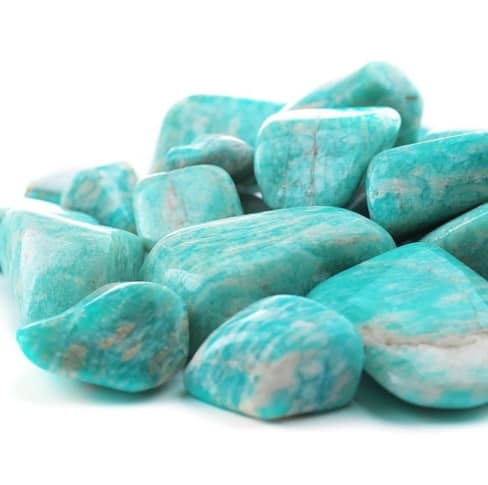
Amazonite is a variety of the feldspar mineral family and the green color is caused by trace amounts of lead. It was originally called the “Amazon Stone,” although it’s not found in that region. This gemstone can be found in cabochon form, beads, crystal specimens, and tumbled stones. At most rock and mineral shows you’ll […]
Gemologist Guide to Identifying Rhodochrosite
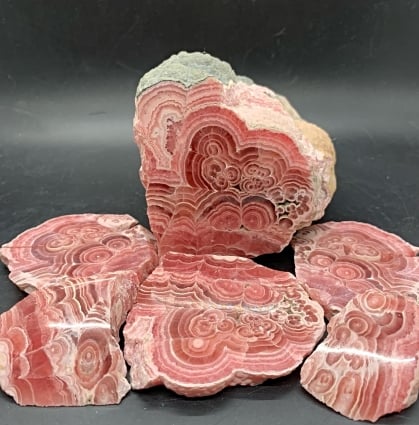
Rhodochrosite is light pink to deep red in color and is often found in silver mines. The attractive patterns combined with rhodochrosite’s deep red color make it fairly easy to identify and gemstone collectors have been collecting top-quality pieces for years. Well-formed translucent rhodochrosite crystals are incredibly rare and highly sought after. The colors can […]
Gemologist Guide to Identifying Jade
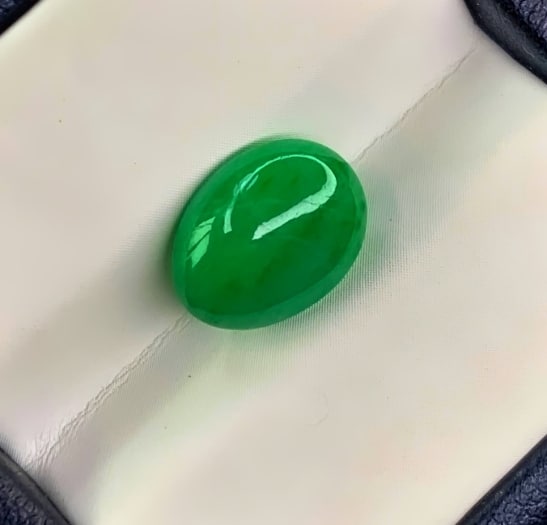
Jadeite is famous for its gem form, jade. It’s been used in ornamental carvings and jewelry throughout history and is highly coveted in Southeast Asia. Jade comes in a variety of qualities and these qualities will dictate the price and how vibrant the color is. Jadeite isn’t the only form of jade; the amphibole mineral […]
Gemologist Guide to Identifying Aquamarine
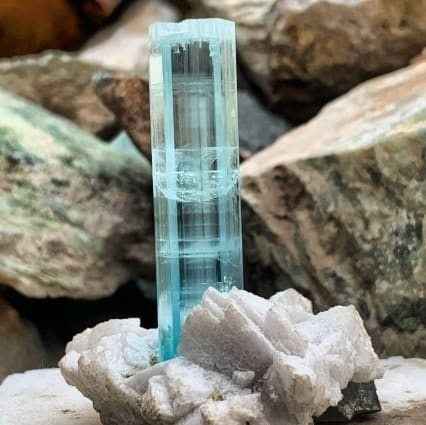
Aquamarine is the name used to describe the gem quality variant of Beryl. It only comes in variations of blue because if you had a different colored beryl then you’d have a different gemstone. High-quality aquamarine is commercially available with Santa Maria being the most sought after but double blue takes a close second. Lighter-colored […]
Gemologist Guide to Identifying Peridot

Peridot is incredibly well-known because it has been used for jewelry dating back to Pharaohs in Egypt. It’s a variety of Olivine and has a beautiful light green to olive-green color. The intensity of color depends on the amount of iron present when it is formed. The more iron, the deeper the shade of green […]
Gemologist Guide to Identifying Turquoise
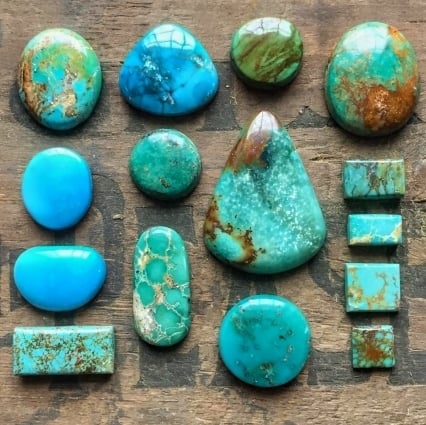
Turquoise is well known in the jewelry industry and rock hounds enjoy digging for it and collecting it. It’s known for its incredible shades of blue and bluish-green and has been a treasured gemstone for centuries. Very few minerals have such a profound and well-known color among professional collectors and the general public. High-quality turquoise […]
How Much is Prasiolite Worth
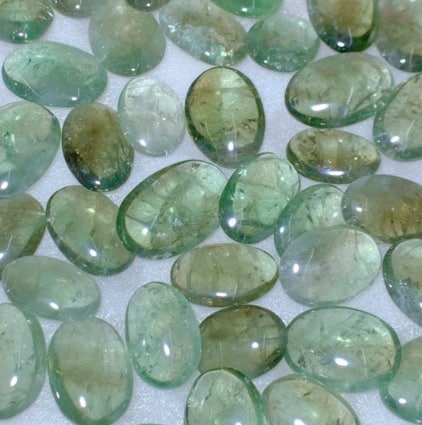
High-quality prasiolite is very affordable in sizes ranging from 1 -10 carats and the cost per carat is between $3.00 to $25.00 per carat. Prasiolite is a great stone for lapidary artists because of the value it offers for cabochons and faceted stones. Prasiolite comes in a range of tones and saturations but it is […]
Gemologist Guide to Identifying Prasiolite

Prasiolite is very common and you’ll see it at every rock and mineral show you attend. Most of the time, prasiolite has been cabbed and faceted into different shapes and sizes which are used in jewelry and beaded bracelets. Due to it being fairly inexpensive, prasiolite is worn and collected by most rockhounds and crystal […]
How Much is Aquamarine Worth
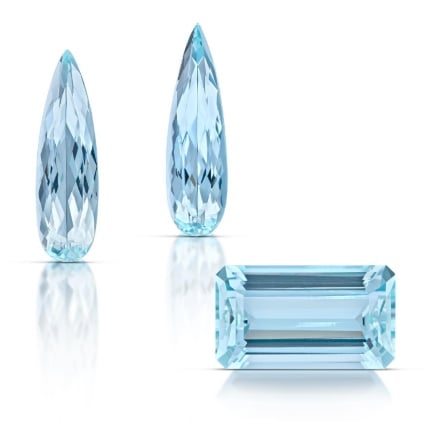
High-quality aquamarine is still very affordable in sizes under 1 carat, costing between $250.00 to $500.00 per carat, 1-2 carat sized stones are priced between $350.00 to $1,000.00 per carat, and larger stones, which are on the rare side, are priced at $1,200.00+ per carat. Santa Maria colored aquamarine is regarded as the best in […]
How Much is Citrine Worth

High-quality citrine is very affordable in sizes ranging from 1 -10 carats and the cost per carat is between $10.00 to $100.00 per carat. Madeira citrine is regarded as the best in the world due to its deep orange color with flashes of red. Citrine comes in a range of tones and saturations but it […]
